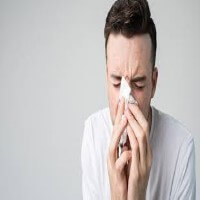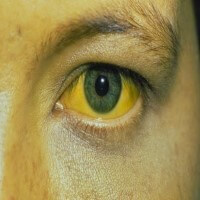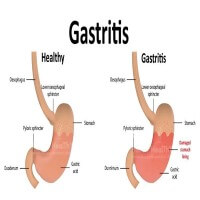Common Cold/Flu


A peptic ulcer or peptic ulcer disease results from the breakage in the lining of esophagus, stomach or duodenum. The ulcer of stomach, duodenum and esophagus are called as gastric ulcer, duodenal ulcer and esophageal ulcer respectively. The peptic ulcers occur when the lining of these organs is corroded by the acidic digestive juices. Ayurvedic…

Hepatitis is the inflammation of the liver caused by viruses, bacterial infections, or continuous exposure to alcohol, drugs, or toxic chemicals. Hepatitis reduces the liver’s ability to perform life-preserving functions, including filtering harmful infectious agents from the blood, storing blood sugar and converting it to usable energy forms, and producing many proteins necessary for life. Viral hepatitis mainly has…

Allergic Rhinitis or ‘hay fever’ occurs due to the exposure to allergens like pet hairs, pollens, dust, etc. resulting in the inflammation of the inner lining of the nose. The classical sign of allergic rhinitis is rhinorrhea (excess nasal secretion) and it can be seasonal as well as perennial. The seasonal allergies last only in particular seasons or…

Gastritis is inflammation of the lining of the stomach. It can be caused by a bacterial infection that usually causes peptic ulcers, or overuse of pain relievers, or excessive use of alcohol or even autoimmune disorders. It is characterized by a burning ache in the stomach, which gets either better or worse with eating. The…

Bronchitis is a common respiratory disorder in which the mucous lining of the respiratory passage and bronchioles gets inflamed. Bronchitis is of two types- Acute and chronic. Acute bronchitis or chest cold is the short-term inflammation of the bronchioles of the lungs; mostly the cause of acute bronchitis is a viral infection. It lasts for…